Home>Garden Essentials>How Long After Fertilizing Should I Seed
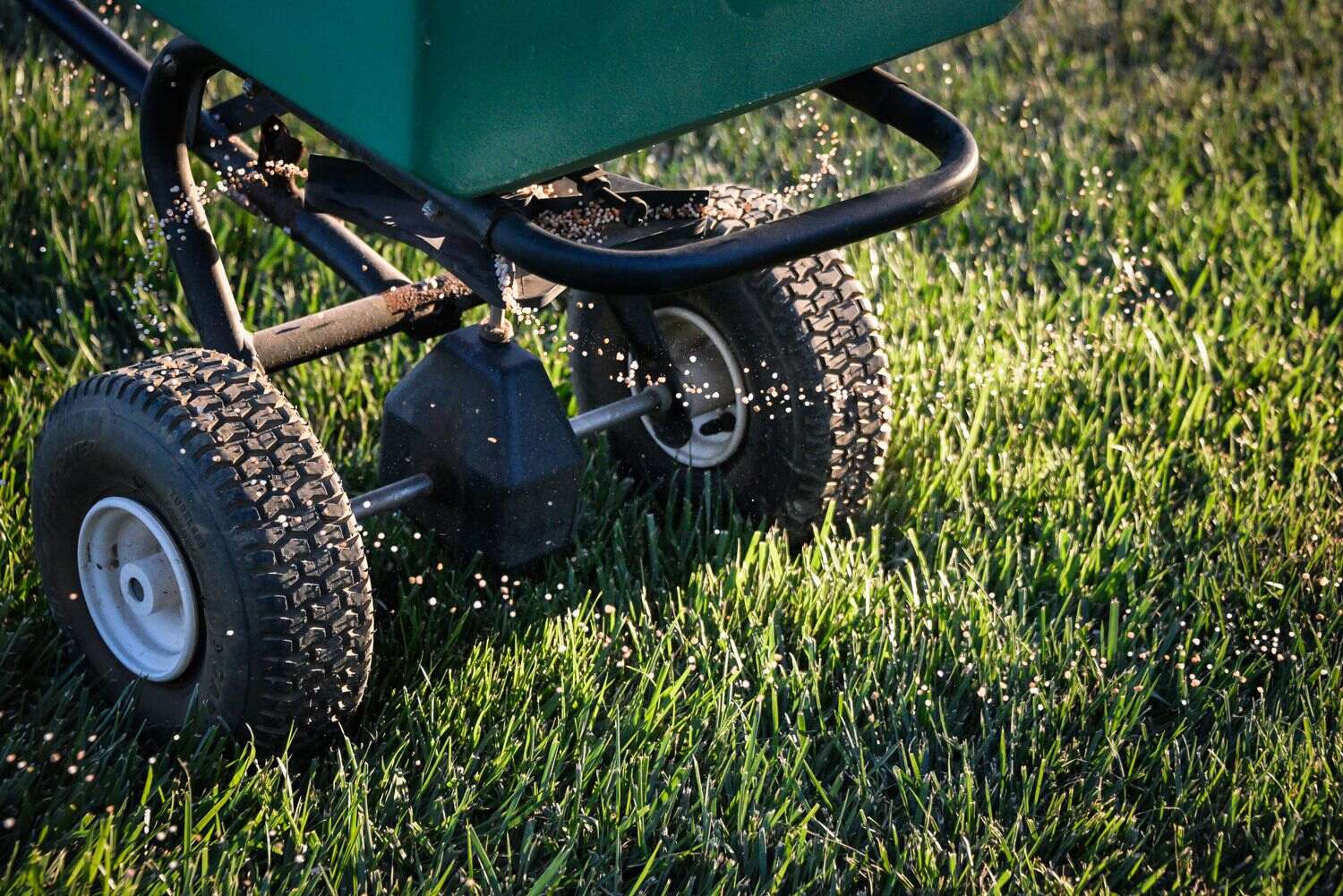

Garden Essentials
How Long After Fertilizing Should I Seed
Modified: March 24, 2024
Discover the ideal timing for seeding your garden after fertilizing. Learn how long you should wait to ensure successful growth and vibrant plants.
(Many of the links in this article redirect to a specific reviewed product. Your purchase of these products through affiliate links helps to generate commission for Storables.com, at no extra cost. Learn more)
Introduction
When it comes to maintaining a lush and healthy garden, fertilization and seeding are two essential practices. Fertilizing provides plants with the vital nutrients they need to thrive, while seeding helps to fill in bare spots and promote a thicker turf. However, timing is key when it comes to these activities. Many gardeners wonder how long they should wait after fertilizing to seed their lawn or garden. In this article, we will explore the factors to consider and provide guidelines for the waiting time after fertilizing before you can safely seed the area.
Key Takeaways:
- Wait 4-6 weeks after fertilizing before seeding cool-season grass, and 8-10 weeks for warm-season grass. This allows the fertilizer to be fully absorbed, reducing competition for nutrients.
- Avoid over-seeding right after fertilizing and water deeply but infrequently for healthy grass growth. Patience and proper care lead to a vibrant garden.
Read more: How Long After Grass Seed Can I Fertilize
Factors to Consider
Before determining how long you should wait after fertilizing to seed, there are several factors you need to consider. These factors include the soil type and condition, the type of fertilizer used, and the timing of fertilization.
Soil type and condition: The type of soil you have will play a significant role in how long it takes for the fertilizer to break down and become available to the plants. Sandy soils, for example, tend to drain quickly, while clay soils retain moisture for longer periods. Understanding your soil type will allow you to gauge the time it takes for the fertilizer to be absorbed.
Type of fertilizer used: Different fertilizers have different release rates, which can impact how quickly they break down and become accessible to plants. Slow-release fertilizers release nutrients over an extended period, while quick-release fertilizers provide an immediate nutrient boost. Knowing the type of fertilizer you’re using will help you determine the waiting time before seeding.
Timing of fertilization: The timing of your fertilization plays a crucial role in determining when to seed. Fertilizing too close to seeding can lead to competition between the newly planted seeds and the established plants for nutrients and water. It is important to provide enough time for the fertilizer to be absorbed before introducing new seeds to the area.
By considering these factors, you can make an informed decision about when to proceed with seeding after fertilizing. Keep in mind that these guidelines may vary depending on your specific gardening situation and the recommendations of your local agricultural extension office.
Waiting Time Guidelines
The waiting time after fertilizing before seeding can vary depending on the type of grass you are growing. Generally, there are two main categories of grasses: cool-season grasses and warm-season grasses. Let’s explore the waiting time guidelines for each.
Cool-season grasses: Cool-season grasses, such as Kentucky bluegrass, fescue, or rye grass, thrive in cooler climates. These grasses are typically seeded in the fall or early spring when temperatures are more favorable for growth. After fertilizing your cool-season lawn, it is best to wait approximately 4-6 weeks before seeding. This waiting period allows the fertilizer to be fully absorbed by the plants and reduces the risk of newly seeded grass competing for nutrients.
Warm-season grasses: Warm-season grasses, including Bermuda grass, Zoysia grass, and St. Augustine grass, prefer warmer temperatures and are commonly found in Southern regions. These grasses are usually seeded in late spring or early summer. For warm-season grasses, it’s recommended to wait about 8-10 weeks after fertilization before seeding. This longer waiting period ensures that the fertilizer has ample time to be fully utilized by the established grass before introducing new seeds.
It’s important to note that these waiting time guidelines are general recommendations. Factors such as weather conditions, soil fertility, and the specific type of grass you are growing can influence the waiting period. Consult with a local gardening expert or your agricultural extension office for more precise recommendations tailored to your specific region and grass type.
Wait at least 4 weeks after fertilizing before seeding to avoid damaging the new seeds. This allows the fertilizer to be absorbed by the soil and reduces the risk of burning the new seeds.
Additional Tips
When it comes to fertilizing and seeding your lawn or garden, there are a few additional tips to keep in mind to ensure optimal results. These tips include avoiding over-seeding after fertilizing and considering proper watering techniques.
Avoid over-seeding after fertilizing: While it may be tempting to overseed immediately after fertilizing to fill in bare spots, it is generally best to wait. Over-seeding too soon after fertilization can lead to competition between the new seeds and the established grass for nutrients and water. It is recommended to allow sufficient time for the fertilizer to be absorbed and for the existing grass to recover before introducing new seeds.
Watering considerations: Proper watering is crucial to support the growth of both your established grass and newly seeded areas. After fertilizing, it is essential to water your lawn or garden adequately. This helps to ensure that the fertilizer is distributed evenly and reaches the root zone of the plants. Additionally, after seeding, you’ll need to follow proper watering practices to provide the seeds with the moisture they need to germinate and establish themselves successfully.
Remember to follow any specialized watering guidelines provided for your specific grass type and the region you are in. Generally, it’s important to water deeply but infrequently, allowing the top few inches of soil to dry out between watering sessions. This promotes deep root growth and helps develop a strong and resilient lawn or garden.
By following these additional tips, you will set yourself up for success when fertilizing and seeding your lawn or garden. Remember to be patient and allow enough time for the fertilization process to take effect before introducing new seeds. With proper care and attention, you can achieve a vibrant and healthy garden that will be the envy of your neighbors.
Conclusion
Knowing how long to wait after fertilizing before seeding is essential for successful lawn and garden care. By considering factors such as soil type, the type of fertilizer used, and the timing of fertilization, you can determine the optimal waiting time for your specific situation.
For cool-season grasses, waiting approximately 4-6 weeks after fertilizing before seeding is recommended, while warm-season grasses may require a longer waiting period of 8-10 weeks. These guidelines allow the fertilizer to be fully absorbed and utilized by the established grass, minimizing competition for nutrients and ensuring the successful establishment of newly seeded areas.
Remember to avoid over-seeding immediately after fertilizing to give the existing grass ample time to recover. Additionally, proper watering practices are crucial both after fertilizing and after seeding to support healthy growth and maximize the effectiveness of the nutrients applied.
While these recommendations serve as a starting point, it is important to consult with local experts or your agricultural extension office for more specific advice tailored to your region and grass type. They can provide valuable insights based on the local climate and soil conditions.
By following these guidelines and taking care to nurture your lawn and garden, you can create a thriving and beautiful outdoor space that brings joy and satisfaction for years to come.
Frequently Asked Questions about How Long After Fertilizing Should I Seed
Was this page helpful?
At Storables.com, we guarantee accurate and reliable information. Our content, validated by Expert Board Contributors, is crafted following stringent Editorial Policies. We're committed to providing you with well-researched, expert-backed insights for all your informational needs.
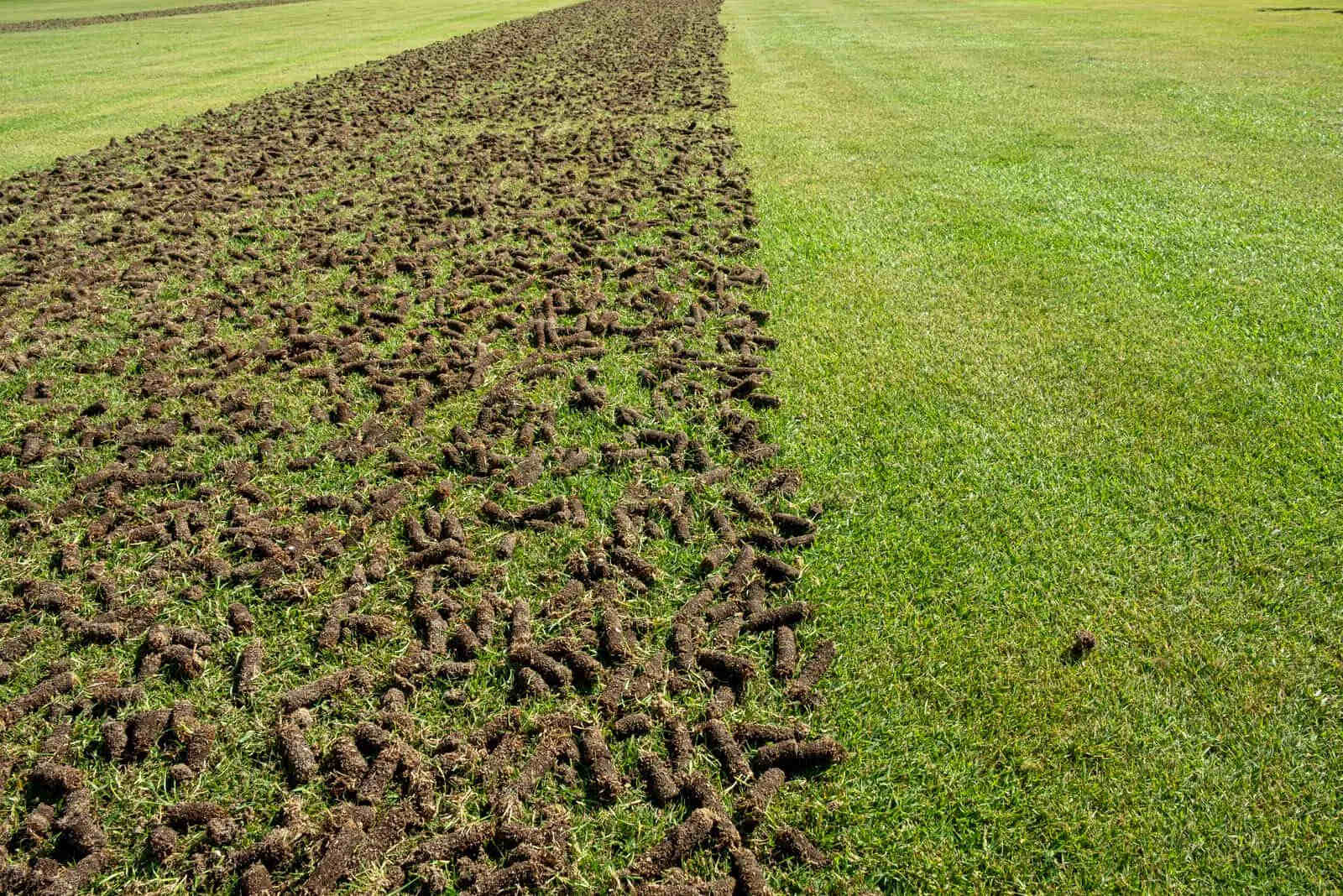
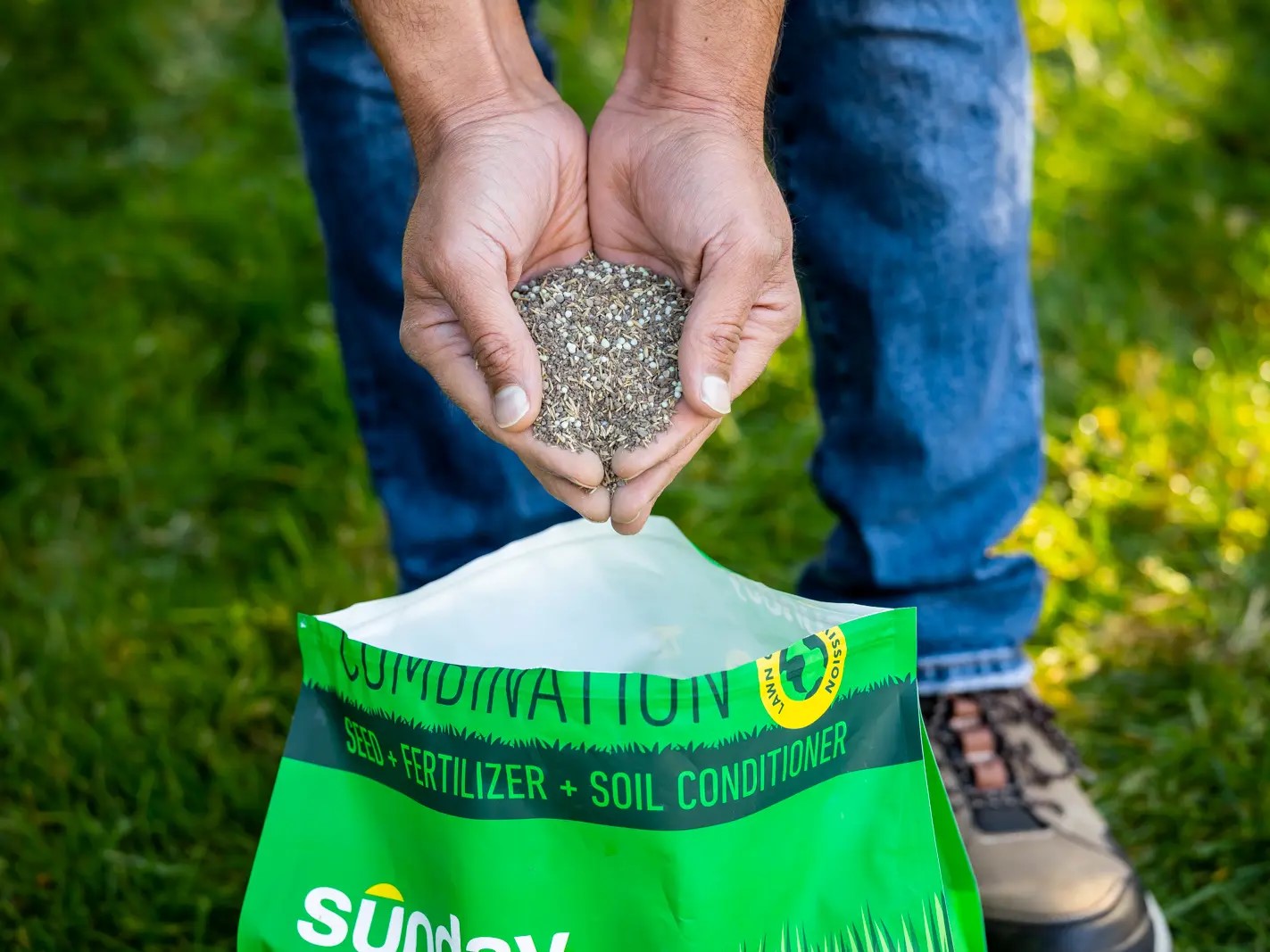
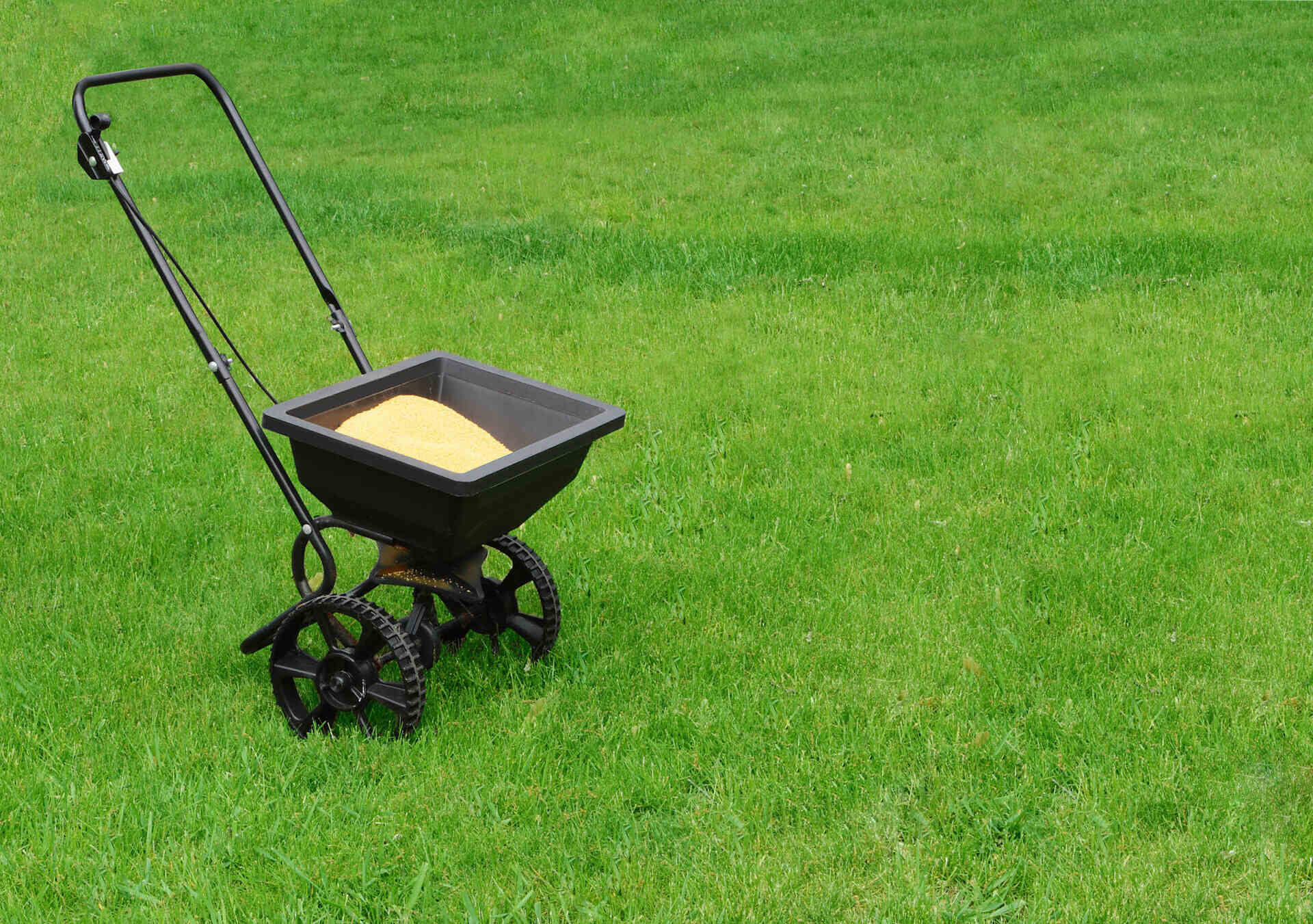
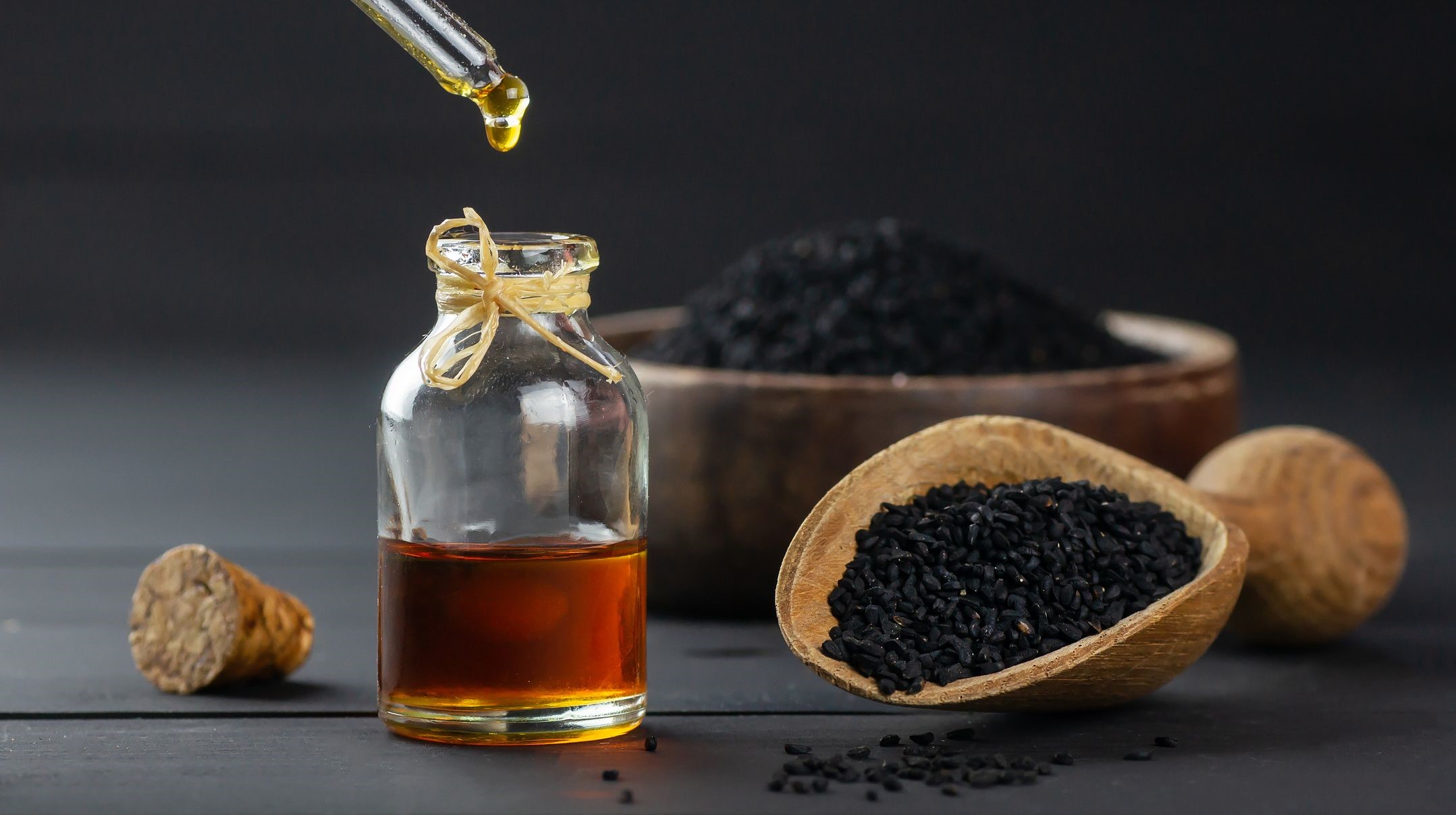
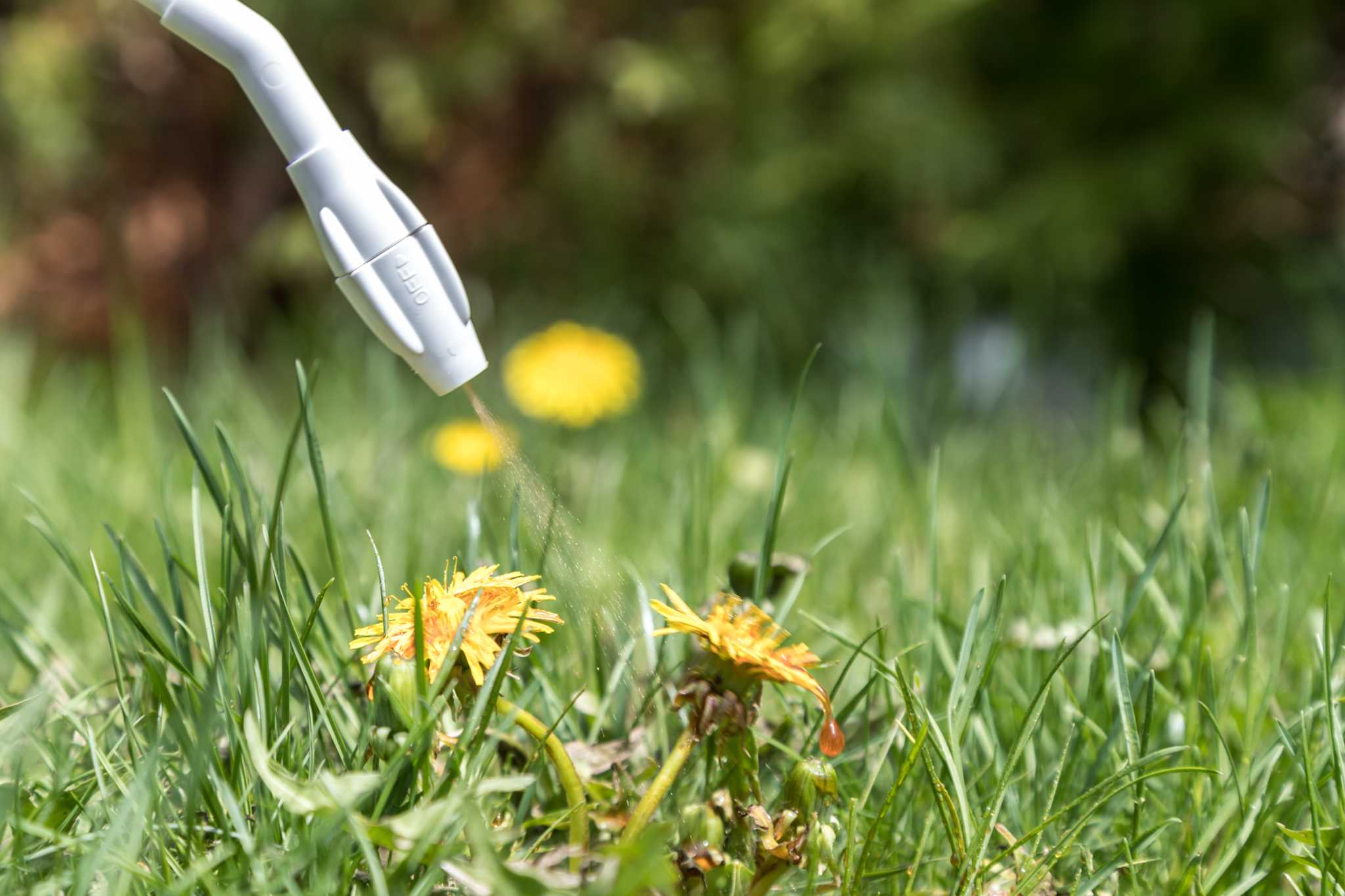
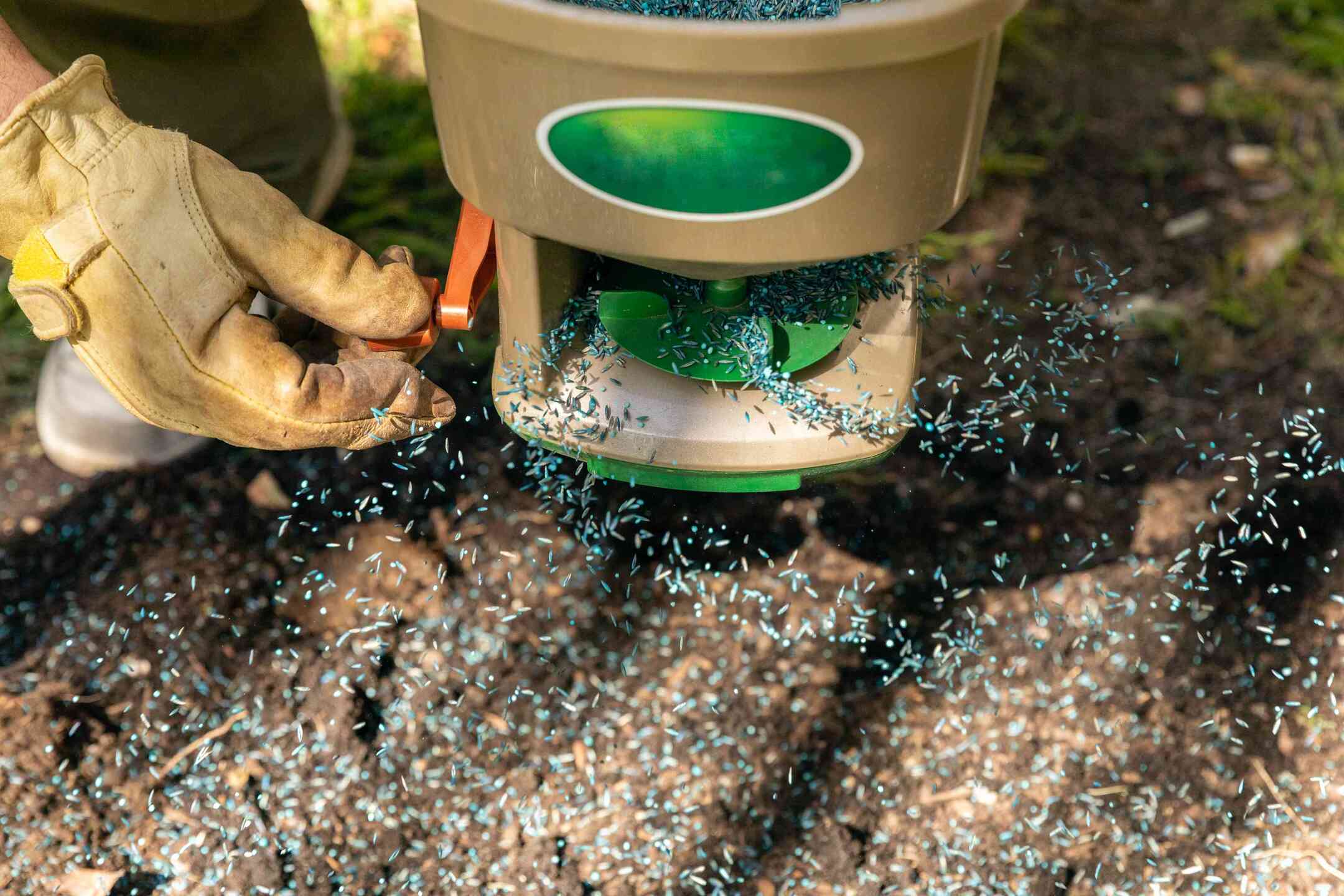
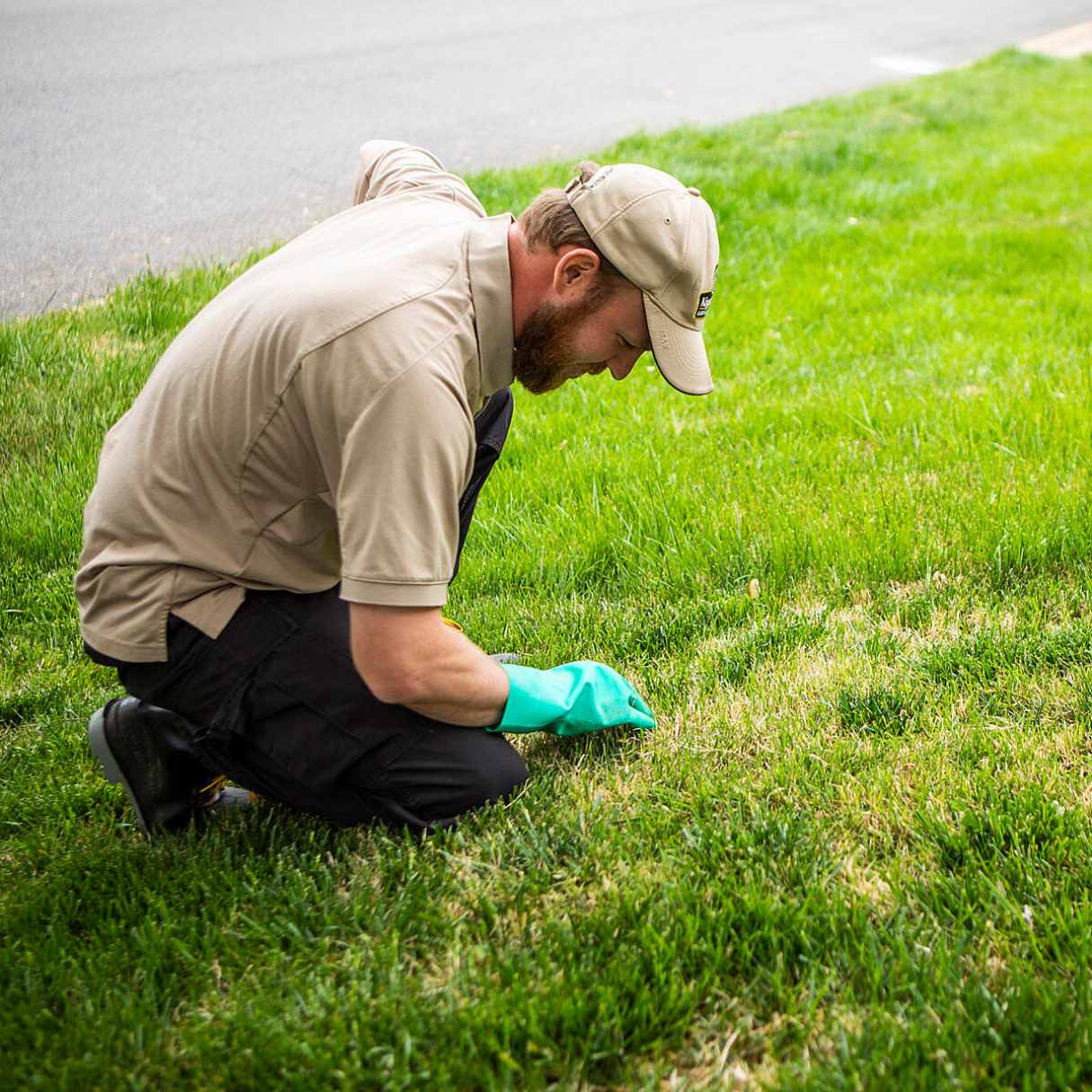
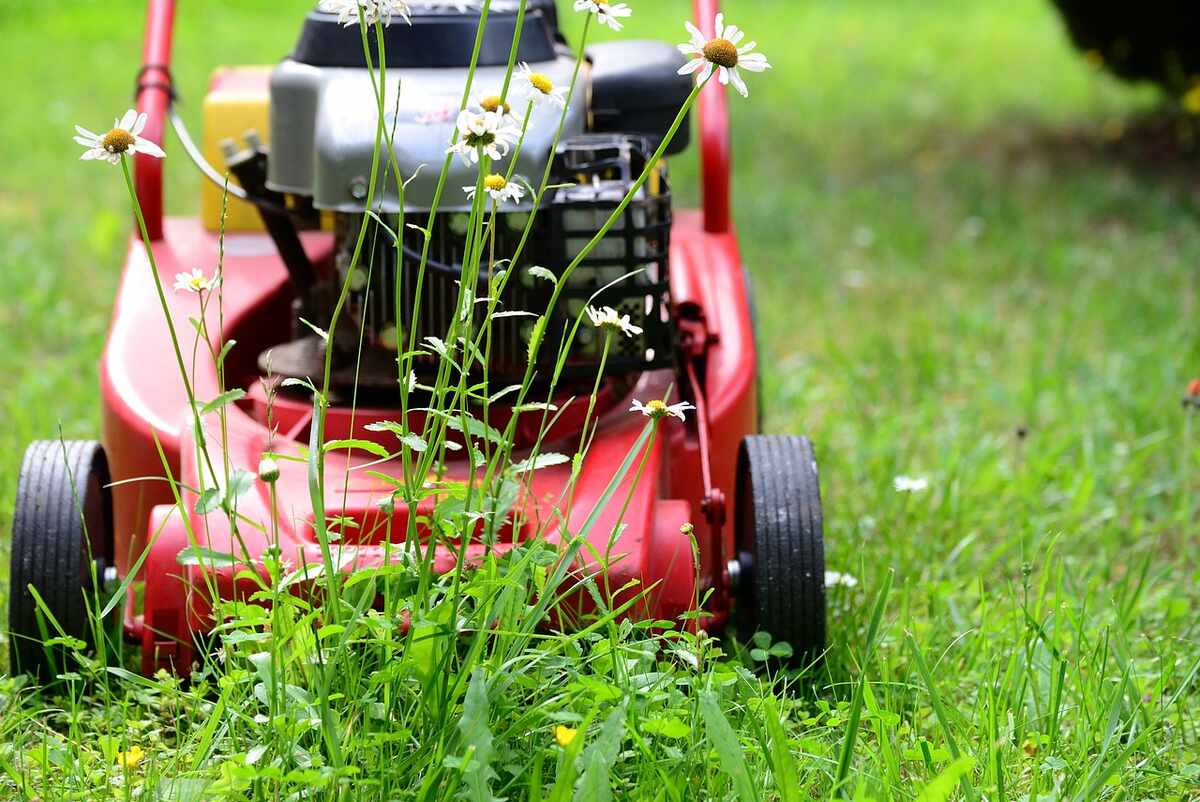
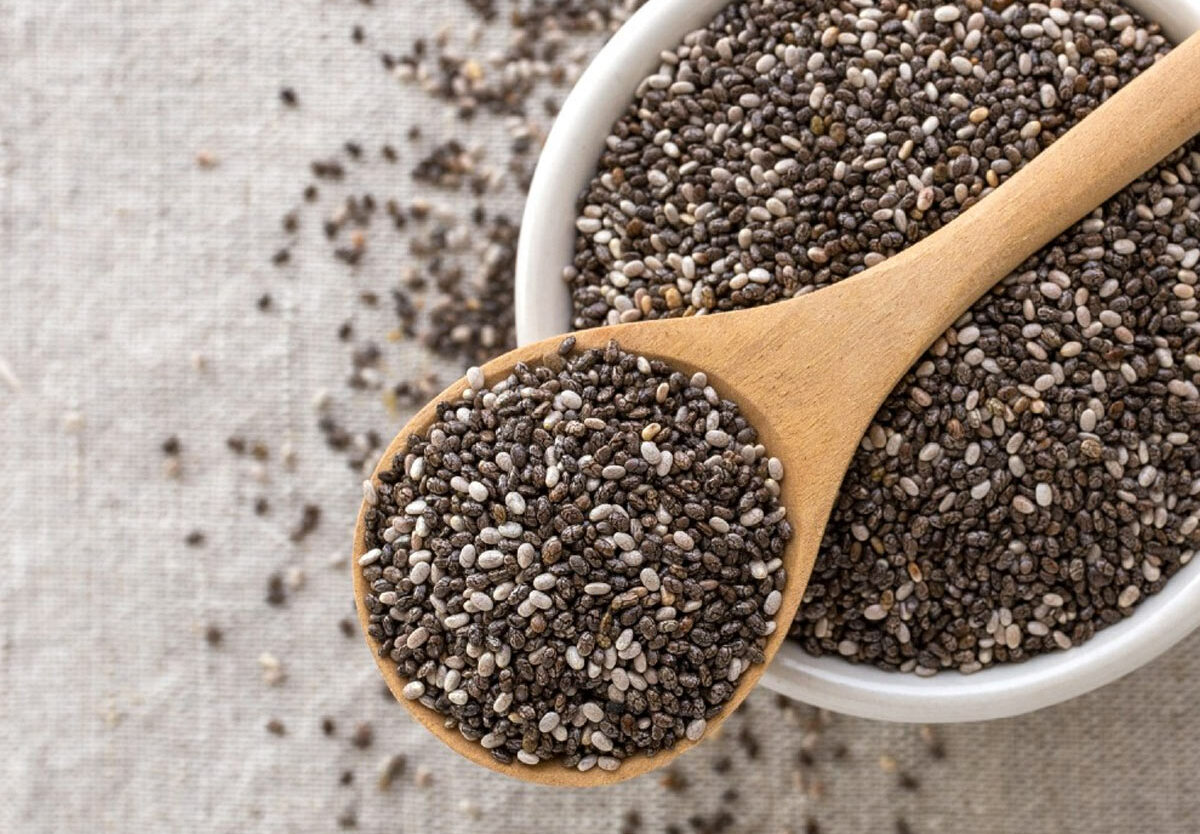
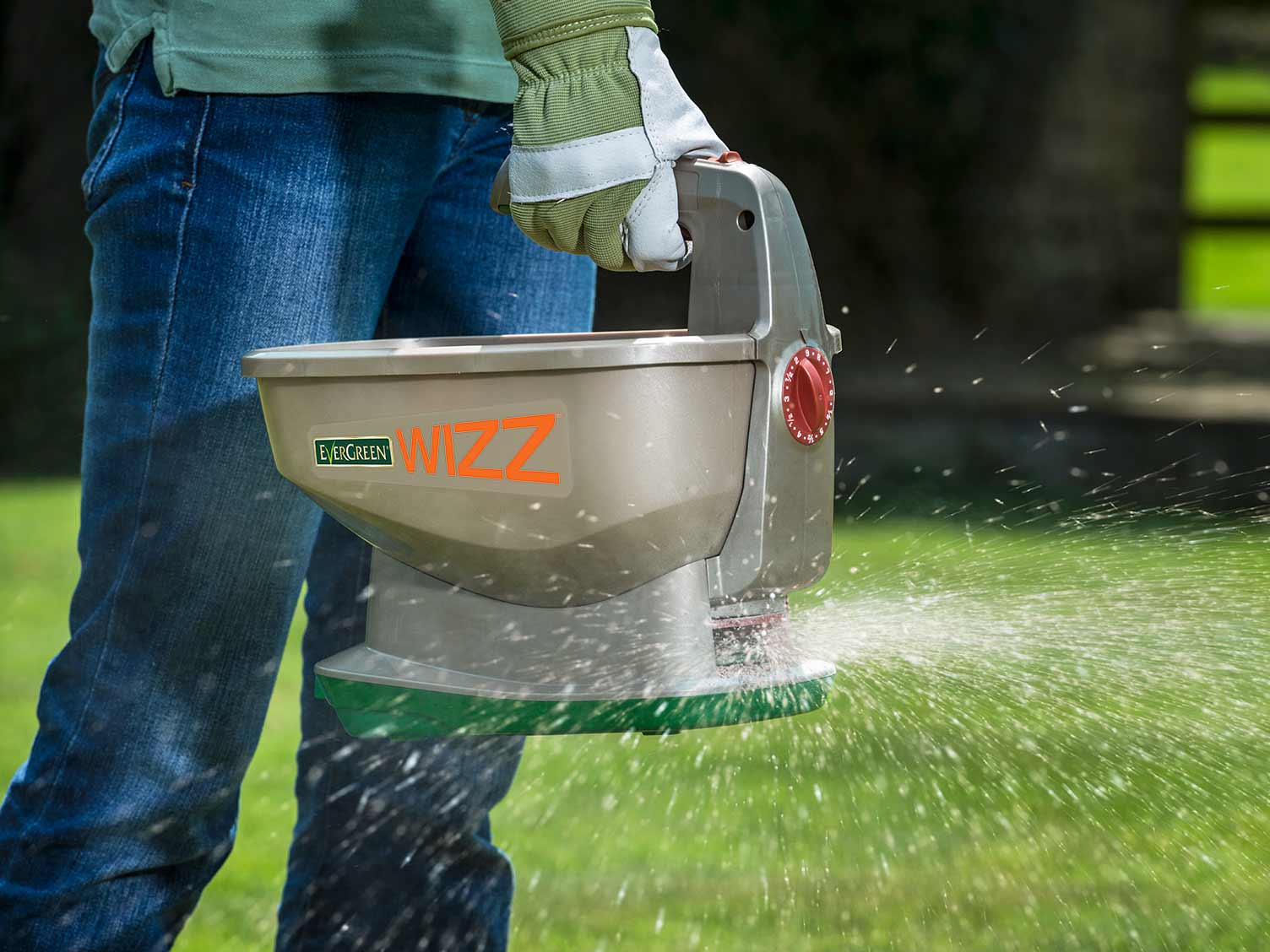
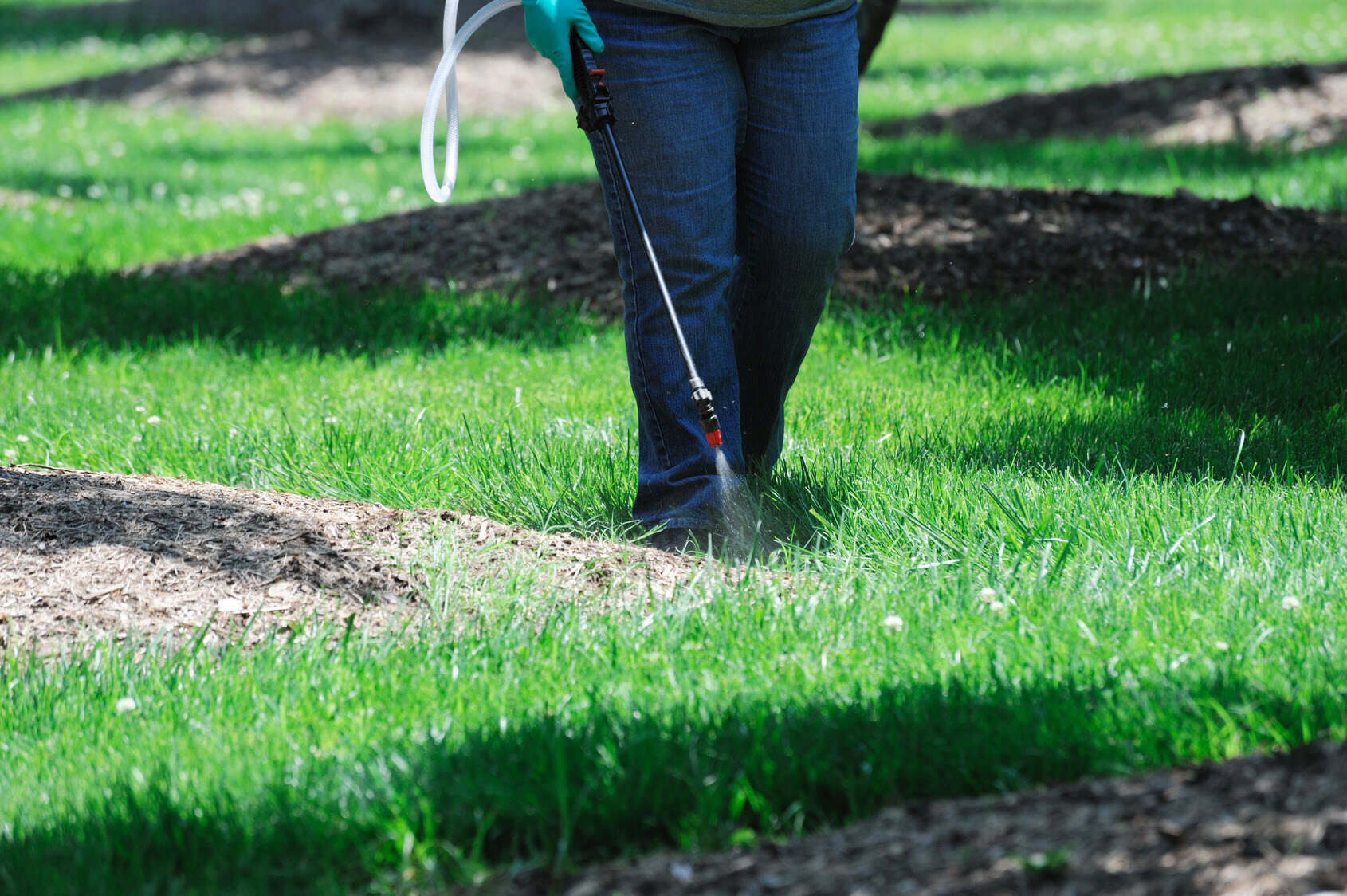
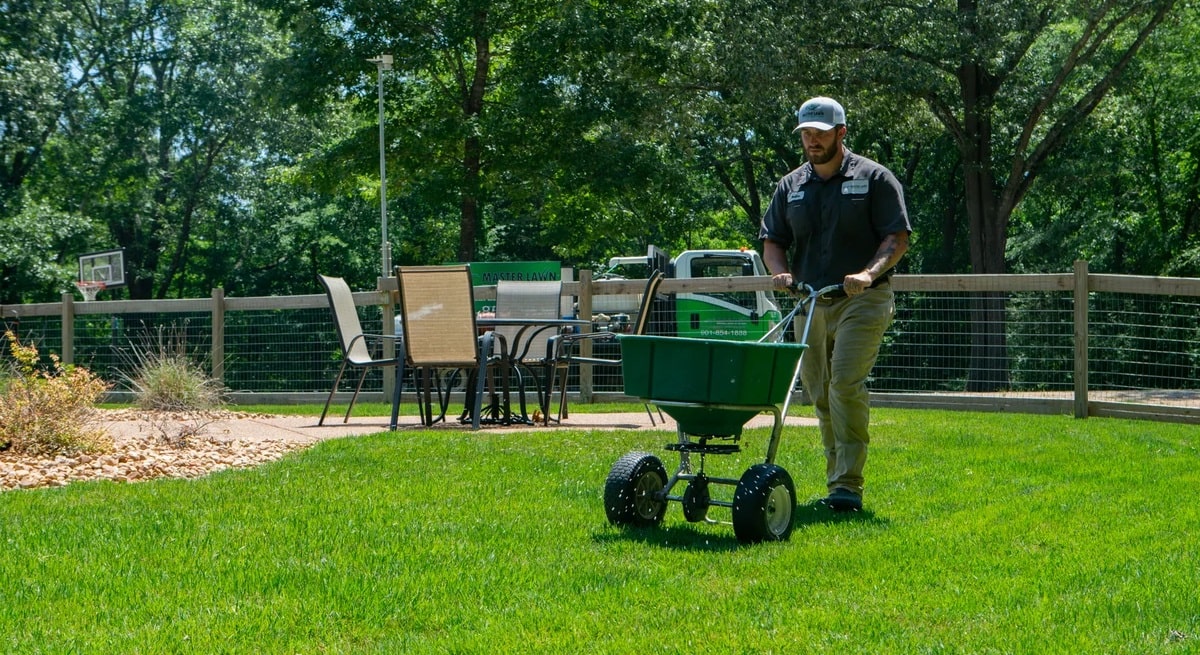
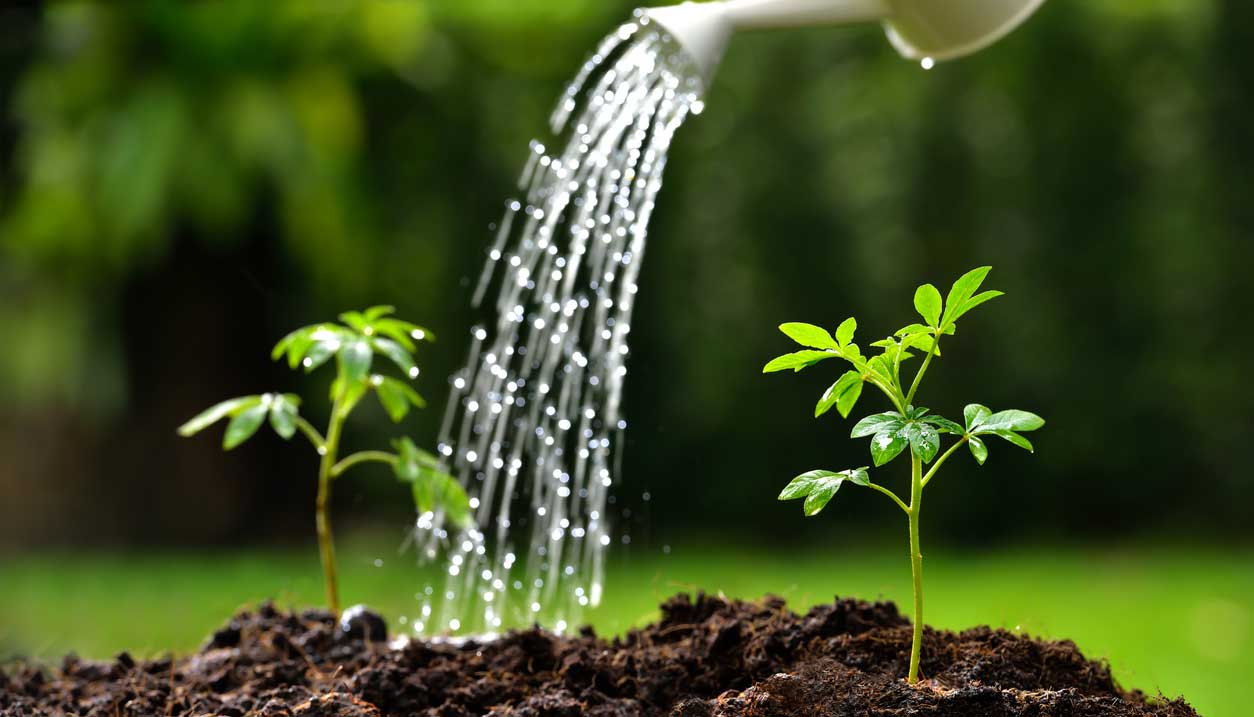
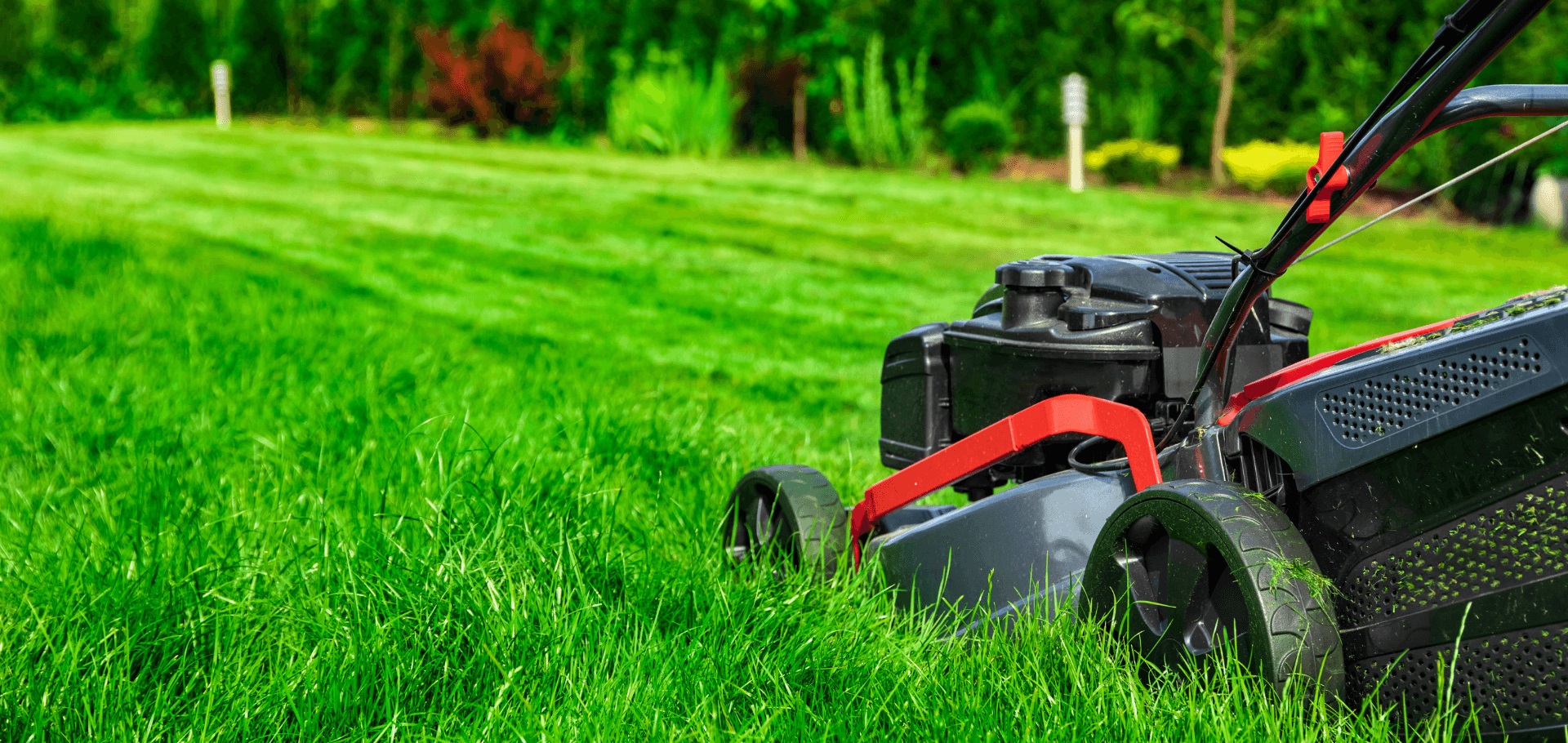
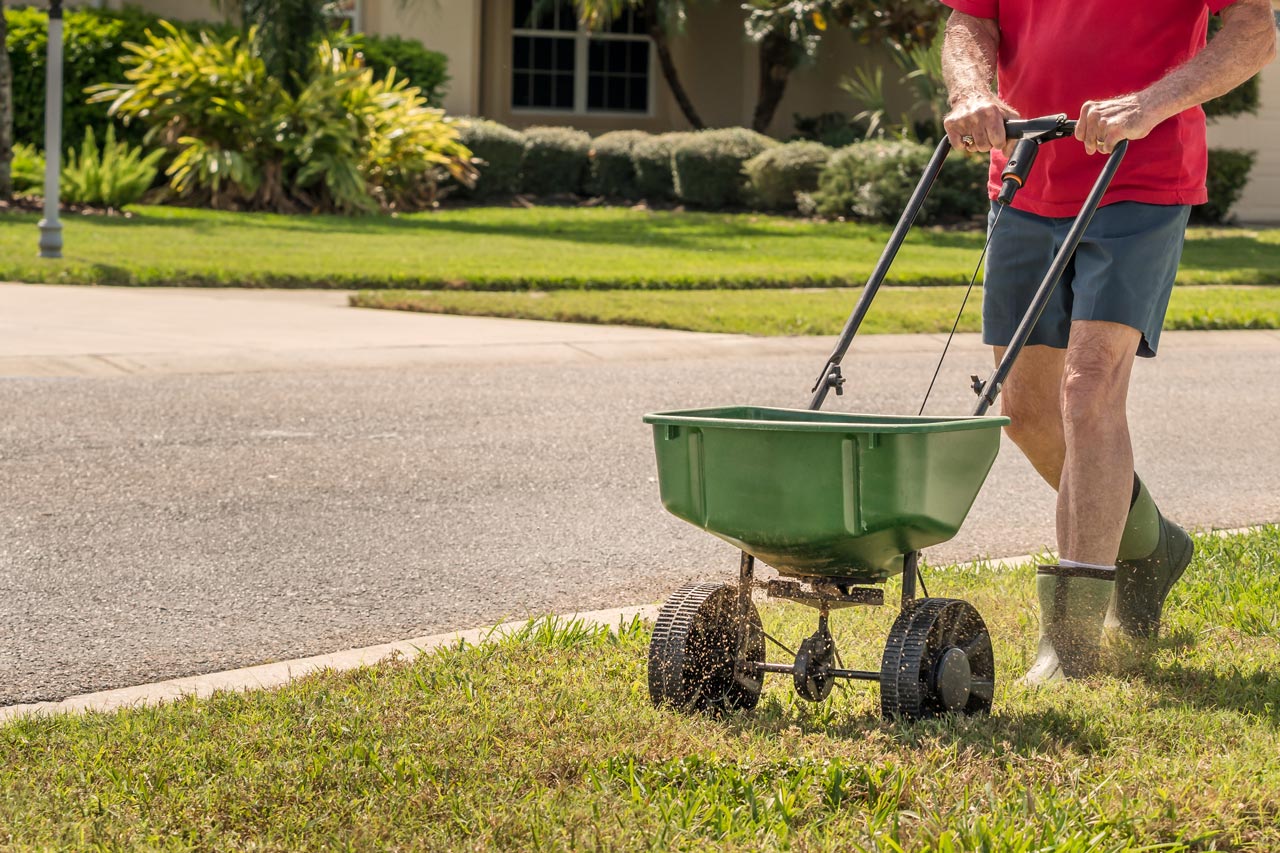

0 thoughts on “How Long After Fertilizing Should I Seed”